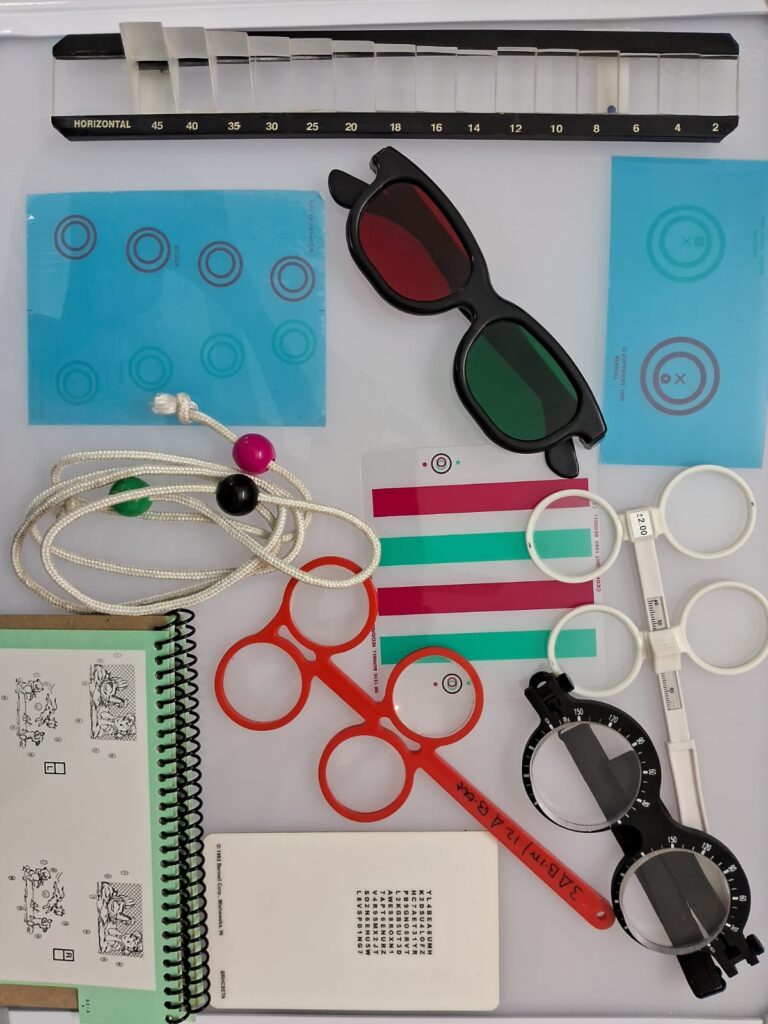If you have a child with Autism Spectrum Disorder (ASD), you already know how unique their journey is. Each child has their own set of strengths and challenges, and as parents, we’re constantly searching for effective ways to help them thrive. One powerful yet often overlooked tool is Vision Therapy.
What is Vision Therapy?
Vision Therapy is a customized, doctor-supervised program designed to improve visual skills. Unlike simply prescribing glasses or lenses, vision therapy involves structured exercises and activities tailored specifically to the child’s visual needs. The goal is to help the eyes and brain work together efficiently, improving visual function, perception, and overall quality of life.
Autism and Visual Challenges
Children with autism often face significant visual processing challenges, such as:
- Difficulty maintaining eye contact
- Trouble focusing on or tracking objects
- Poor hand-eye coordination and spatial orientation
- Sensory overload due to visual stimuli
- Repetitive behaviors (like hand-flapping or toe-walking) connected to visual overstimulation
These visual difficulties can significantly impact daily tasks, learning abilities, social interactions, and overall behavior.
How Vision Therapy Helps Children with Autism
Vision therapy targets exactly these challenges by enhancing visual skills crucial for development and learning.
Benefits include:
- Improved Eye Contact: Helping children better connect socially and emotionally.
- Better Focus & Attention: Enhanced ability to track and maintain attention on tasks or objects.
- Motor Coordination: Strengthened hand-eye coordination and spatial orientation skills.
- Reduced Behavioral Issues: Many repetitive behaviors diminish significantly once visual processing improves.
- Enhanced Communication & Social Skills: Improved visual skills often lead to better speech and social interactions, positively impacting overall development.
Why Choose Finevision Optometry?
At Finevision Vision Therapy Center, we understand autism and the unique visual challenges it brings. Led by Optometrist Nivedita Dabir, a developmental optometrist and vision therapist, our clinic offers personalized, compassionate care with proven results.
Ready to help your child reach their fullest potential?
Schedule your consultation today and discover how Vision Therapy can transform your child’s life.


